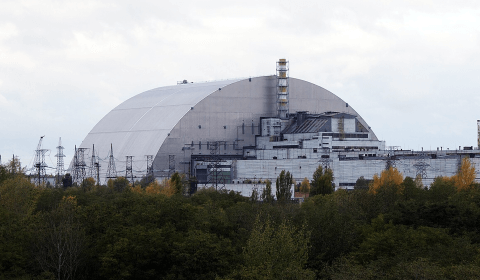A new retail phenomenon is reshaping consumer behaviour in major cities across the country. But what makes the quick commerce model – which promises deliveries in minutes – so successful?
At the heart of India’s quick commerce triumph lies a deceptively simple concept: dark stores.
These micro-warehouses, strategically placed in urban centres, are the hub of instant delivery operations which, unlike traditional retail spaces, are optimised for rapid order fulfilment.
But location is just one part of the equation.
The success of this model hinges on the country’s unparalleled population density in major cities.
A single high-rise complex in Gurugram, for example, can house as many potential customers as an entire town in less densely populated nations.
This concentration of buyers guarantees a high throughput – the number of orders processed within a given timeframe – which is crucial for keeping operational costs in check.
Additionally, quick commerce in India benefits significantly from the country’s labour market dynamics.
Due to the availability of affordable workforces, companies like Zepto and Blinkit are able to offer rapid deliveries at a fraction of the price.
While this may cost several dollars in the US, the same service can cost mere rupees in India.
This efficiency extends beyond delivery personnel alone, however.
The quick commerce ecosystem as a whole, from warehouse staff to customer support, operates on a lean cost structure that would be challenging to replicate in many Western markets.
Yet despite its current success, the sector does face its fair share of challenges.
Sustainability concerns, both environmental and economic, loom large, with the model’s reliance on frequent, small-scale deliveries raising concerns about its carbon footprint.
Moreover, as the market matures and competition intensifies, upholding profitability while meeting consumer demand for ever-faster deliveries will be a delicate balancing act.
With this in mind, the evolution of quick commerce in India could serve as a blueprint for other densely populated urban centres worldwide that are looking to follow suit.
Given that the economic viability of this model stems from a unique combination of demand-density and labour costs, though replicating this exact formula may not be possible in other regions, learning from India’s experience could inform which adaptations are suitable for different landscapes.
Ultimately, the success of this is a testament to India’s distinctive urban dynamics and entrepreneurial spirit.
As corporations continue refining their operations, they will continue providing valuable insights for the rest of the world, making this instant gratification revolution the harbinger of a new era in urban consumption patterns across the globe.

















